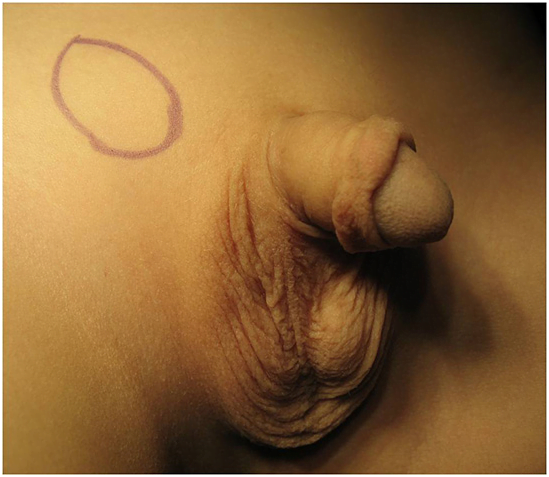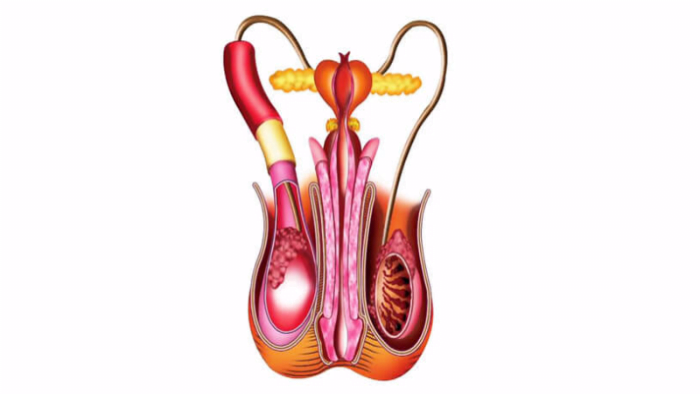Cryptorchidism, commonly known as undescended testis, is a condition where one or both of a newborn male’s testicles have not descended into the scrotum. This occurs in about 1 out of every 100 male births, and the incidence is three times higher in premature infants. If left untreated, it can lead to serious health issues, including infertility and an increased risk of testicular cancer.
The Role of the Testicles
The testicles, or testes, produce sperm and male hormones necessary for sexual development. For optimal functioning, they must be located outside the body in the scrotum, where the temperature is around 35.5°C (95.9°F). The body’s internal temperature is higher, which can impair testicular function if the testes remain undescended.

Causes of Cryptorchidism
The exact cause of cryptorchidism is not fully understood, but it is thought to involve a combination of genetic, hormonal, and environmental factors. Potential causes include:
- Internal testicular defects
- Hormonal influences
- Genetic abnormalities
Symptoms and Diagnosis
Cryptorchidism is typically identified during a physical examination at birth. In most cases, only one testicle is undescended, but sometimes both are affected. The undescended testicle(s) can be located anywhere along the normal path of descent from the abdomen to the scrotum.
Distinguishing from Retractile Testis
A retractile testis is a benign condition often confused with cryptorchidism. In this condition, the testicles move between the scrotum and the groin due to the cremasteric reflex, which can pull the testicles up in response to cold or touch. Retractile testes generally do not require treatment and often settle into the scrotum by early puberty.

Potential Complications
- Testicular Atrophy: An undescended testicle may twist around the spermatic cord (torsion), cutting off its blood supply, leading to atrophy or loss of the testicle.
- Infertility: The higher internal body temperature can impair sperm production.
- Testicular Cancer: Males with cryptorchidism have a 4-5 times higher risk of developing testicular cancer later in life.
Treatment
Early intervention is crucial. If the testicle does not descend by itself within the first 6 months, surgical intervention (orchiopexy) is recommended, ideally before the child reaches one year of age.
- Orchiopexy: This surgery involves moving the undescended testicle into the scrotum and fixing it in place. It is a relatively short procedure, taking about 30 minutes, with a recovery period allowing return to normal activities in two days and avoiding strenuous activities for 20 days.
Prognosis
Early surgical treatment significantly reduces the risk of infertility and testicular cancer. If cryptorchidism is associated with an inguinal hernia, the hernia is repaired concurrently with the orchiopexy.
Conclusion
Cryptorchidism is a common congenital anomaly with potentially serious long-term consequences if left untreated. Early diagnosis and timely surgical intervention by experienced pediatric surgeons or urologists are essential to prevent complications and ensure normal testicular function. Regular follow-up examinations are also important to monitor the success of the treatment and the overall health of the testicles.
